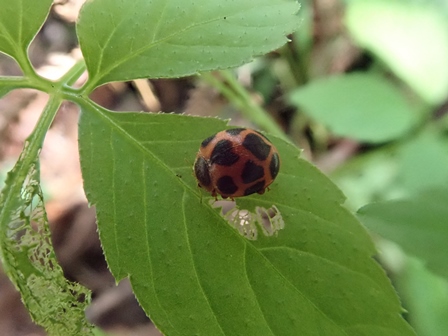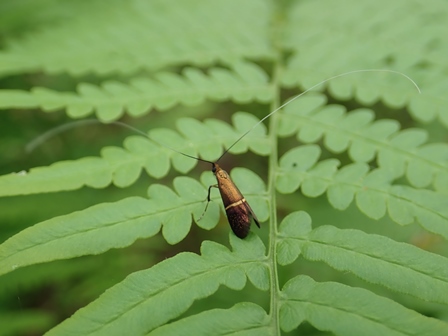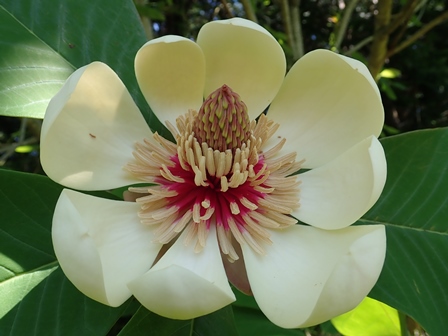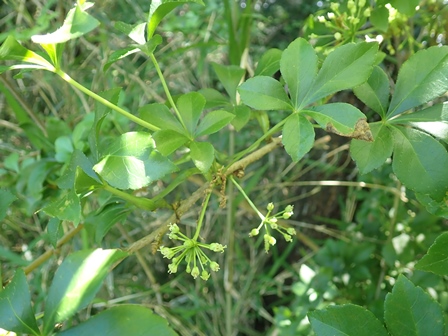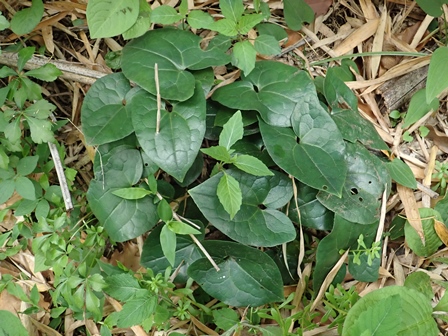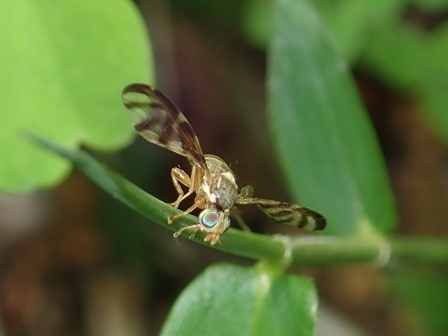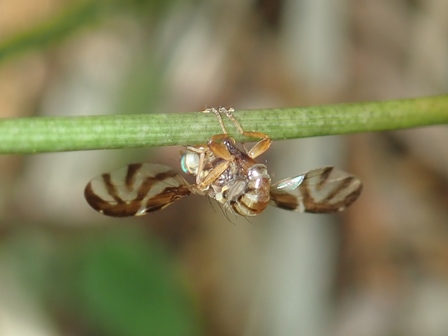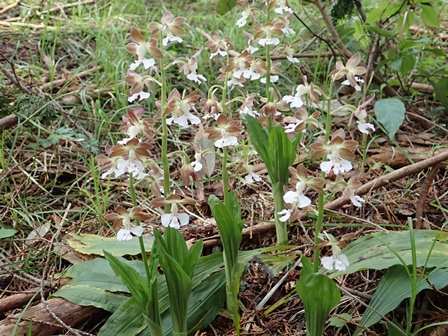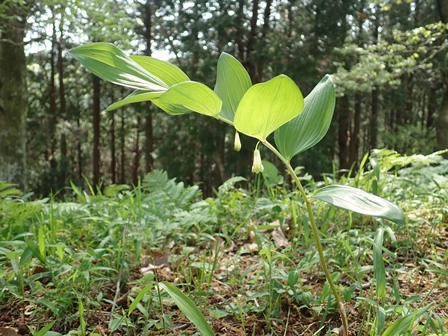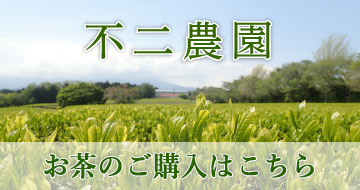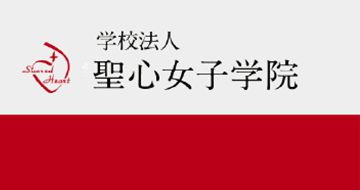フィールド日記
2020年05月
2020.05.31
5月の野鳥の調査
日本野鳥の会東富士副代表の滝道雄先生が5月の不二聖心の野鳥について調査をしてくださいました。調査の報告書が届きましたので、掲載いたします。
2020年5月度の調査で確認された野鳥は下記の通りです。
1.エナガ…7羽
2.イカル…4羽
3.キビタキ…3羽
4.コゲラ…2羽
5.カケス…1羽
6.アオバト…2羽
7.ハシボソガラス…2羽
8.ハシブトガラス…18羽
9.ヤマガラ…2羽
10.シジュウカラ…7羽
11.ヒヨドリ…28羽
12.ウグイス…8羽
13.ソヒヨドリ…1羽
14.メジロ…7羽
15.ホトトギス…1羽
16.ホオジロ…4羽
17.キジバト…1羽
18.アオゲラ…1羽
19.カワラヒワ…7羽
20.カルガモ…1羽
21.トビ…1羽
22.ノスリ…1羽
23.スズメ…1羽
24.オオルリ…3羽
25.ツバメ…7羽
26.キセキレイ…1羽
27.ハクセキレイ…3羽
28.コジュケイ…1羽
29.ガビチョウ…2羽
30.ソウシチョウ…1羽
【特記事項】
1.ススキ野原と第二オークヒル奥のヒノキ林を過ぎた二カ所で不二聖心では初めてアオバトを確認した。これで確認された野鳥は63種類となった。愛鷹山や富士山に生息するアオバトが、海水を飲む目的で駿河湾の沼津方面の海岸に行く途中に不二聖心に寄り休憩したものと思われる。アオバトの「ア~オ~ アア~オ~」という声を一度聞けば、次回聞いた時にはアオバトだと思いだす特徴の有る鳴き声である。
2.5月18日にホトトギスの囀りを確認した。
3.猛禽類のノスリを確認した。この時期に見られる事から近くで繁殖しているものと思われる。
2020.05.29
トホシテントウ
アマチャヅルの葉の上でトホシテントウを見つけました。テントウムシはアブラムシなど昆虫などを食べる肉食性と、植物の葉などを食べる草食性の仲間がいます。人間にとって、肉食性の仲間は畑の害虫を食べてくれるため、益虫といわれています。しかし、草食性の仲間は作物を食害するため害虫とされています。トホシテントウはアマチャヅルやカラスウリなどウリ科の植物を食べる草食性の仲間です。
I found this ladybug called "トホシテントウ(tohoshitentou)" on the leaf of an "アマチャヅル(amachazuru)" plant. Ladybugs are mainly divided into two types. One of the two is herbivorous. The other is carnivorous. Carnivorous ladybugs are considered to be useful insects as they eat pests on crops. However, herbivorous ones are considered to be pests as they eat crops. This is a herbivorous one that eats leaves of plants belonging to the gourd or calabash family like "アマチャヅル" and "カラスウリ(karasuuri)".
2020.05.26
ホソオビヒゲナガ
クヌギ林の林縁でホソオビヒゲナガを見つけました。金属光沢のある黄褐色の羽根に、白い帯があります。また、下の写真のようにオスは体長の3倍ほどもある長い触覚を持っているのが特徴です。
I found this moth called "ホソオビヒゲナガ(hosoobihigenaga)" at the edge of the SawTooth oak woodland. Its wings have metallic luster and a white line. As you can see in this picture, males have long antennae that are 3 times as long as their body.
2020.05.22
ホオノキ
セカンドオークヒルでホオノキの花が咲いていました。花は直径15cm、葉は長さ30cm以上あり、日本の樹木の中で花と葉が最も大きいとも言われています。この大きな葉は古くから食べ物を盛るのに使われてきました。今日でもホオノキの葉にみそや他の食材をのせて焼く朴葉みそが岐阜県・飛騨地方の郷土料理として有名です。
2020.05.19
オカウコギ
お茶畑のそばでオカウコギが咲いていました。近縁な種にヤマウコギやヒメウコギなど数種が知られていますが、互いによく似ています。また、山菜としてよく知られるタラノキやウドと同じウコギ科のなかまで、若芽は食用となります。
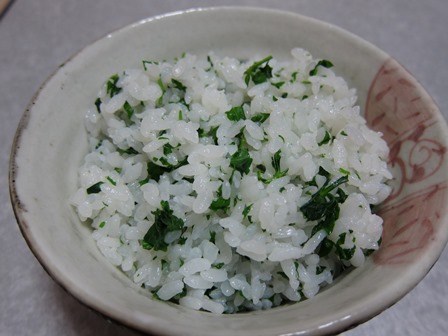
2020.05.15
ランヨウアオイ
裏道でランヨウアオイが咲いていました。ランヨウアオイの仲間(カンアオイ属カンアオイ節)は日本に50種ほどが自生しています。そのほとんどが日本固有種で、分布が限られているものが多いです。
ランヨウアオイも関東南西部から静岡県東部・山梨県南部の限られた地域に分布しています。一説には、1万年に数kmしか移動しないと言われており、この非常に低い分散能力が地域ごとの独自の進化を促したと考えられています。
"ランヨウアオイ(ranyoaoi)" is in bloom by the back road. There are about 50 species that are closely-related to this plant in Japan. Almost all of them are endemic to Japan and live only in small areas. This "ランヨウアオイ" lives only from the southwest of Kanto area to the east of Shizuoka and the south of Yamanashi. In one theory, they proceed only a few kilometers per 10,000 years. This very slow speed of spreading their seeds made them endemic to each region.
2020.05.12
ハルササハマダラミバエ
クヌギ林の林縁でハルササハマダラミバエを見つけました。名前の通り、春にササの葉で見られるミバエです。ミバエの仲間は植物に産卵するため、野菜や果物の害虫として知られているものも多くいます。
写真を撮っていると、下の写真のようにササの新芽に産卵管を刺し、産卵をはじめました。図鑑によると本種のメスの脚は特に丈夫にできていると書いてあります。このように、しっかりとササにつかまって産卵をするためと考えられます。
I found this fruit fly called "ハルササハマダラミバエ". "ハル(haru)" and "ササ(sasa)" mean "spring" and "bamboo grass" respectively. As the name suggests, they are usually seen on bamboo grasses in spring. Fruit flies generally put eggs into plants and so some of them are well known for being pests of crops.
While I was taking photos, it began to put eggs into the bamboo grass' sprout. A reference book says that the female species legs are stronger than the males. I think that it is in order to grab the sprout and put eggs stably.
2020.05.11
4月の野鳥の調査
日本野鳥の会東富士副代表の滝道雄先生が4月の不二聖心の野鳥について調査をしてくださいました。調査の報告書が届きましたので、掲載いたします。
2020年4月度の調査で確認された野鳥は下記の通りです。
1.エナガ…2羽
2.ビンズイ…3羽
3.シロハラ…1羽
4.コゲラ…2羽
5.カケス…3羽
6.ヒガラ…2羽
7.ハシボソガラス…2羽
8.ハシブトガラス…10羽
9.ヤマガラ…7羽
10.シジュウカラ…6羽
11.ヒヨドリ…22羽
12.ウグイス…7羽
13.イソヒヨドリ…2羽
14.メジロ…9羽
15.ツグミ…7羽
16.ホオジロ…7羽
17.キジバト…2羽
18.アオゲラ…2羽
19.カワラヒワ…2羽
20.カルガモ…2羽
21.トビ…2羽
22.ノスリ…1羽
23.スズメ…1羽
24.シメ…1羽
25.ツバメ…1羽
26.アカハラ…3羽
27.オオルリ…1羽
28.キビタキ…3羽
29.キセキレイ…1羽
30.ハクセキレイ…1羽
31.アオジ…1羽
32.ガビチョウ…1羽
33.コジュケイ…2羽
34.ソウシチョウ…1羽
【特記事項】
1.聞きなれない囀りに耳を凝らすと、繁殖地に帰る前のシロハラの囀りであった。ぜひスマートフォンまたはパソコンで囀りを聞いてください。
2.中国東北部やロシアの繁殖地に帰る冬鳥のシロハラ、ツグミ、シメがまだ見られた。
3.4月になり見る機会が少なくなった漂鳥のヒガラ、カケス、ビンズイ、アカハラが見られた。
4.夏鳥のオオルリは4月15日に初認され、キビタキは4月29日に初認された。
5.第二オークヒルでチョウ目シャクガ科アオシャク亜科のアシブトチズモンアオシャクが見られた。
6.キンラン、カヤラン、エビネ、ヒメハギなどが開花した。
2020.05.08
エビネ
ヒノキ林の中でエビネが咲いていました。雑木林やスギやヒノキの人工林の林床に生育するランのなかまです。和名は海老根で、地下にある偽球茎(ぎきゅうけい)という構造が横に連なっている様子を海老に例えています。とても綺麗な花ですが、園芸目的の乱獲などで数が減り、全国的に絶滅が危惧されています。
I found this orchid called "エビネ(Ebine)" in our cypress woodland. "エビネ(Ebine)" is written like this "海老根" in kanji and it means "shrimp roots". They have pseudobulbs that grow in line like shrimps. The flowers are so beautiful but they are endangered because of over picking for gardens.
2020.05.05
アマドコロ
クヌギ林にアマドコロが咲いていました。近縁種のナルコユリと似ていますが、本種は茎に稜があり、角ばっている感じがします。和名は、地下茎がヤマノイモ科のオニドコロに似ていて、甘みがあることが由来です。
"アマドコロ(Amadokoro)" is in bloom in our SawTooth oak woodland. It is similar to "ナルコユリ(Narukoyuri)" that belongs to the same group but you can identify them by checking if their stems have ridges. "アマ(Ama)" is written like this "甘" in Kanji and it means "sweet". It derives from the fact that they have roots that taste sweet.
- 1 / 2
- 次のページ »


